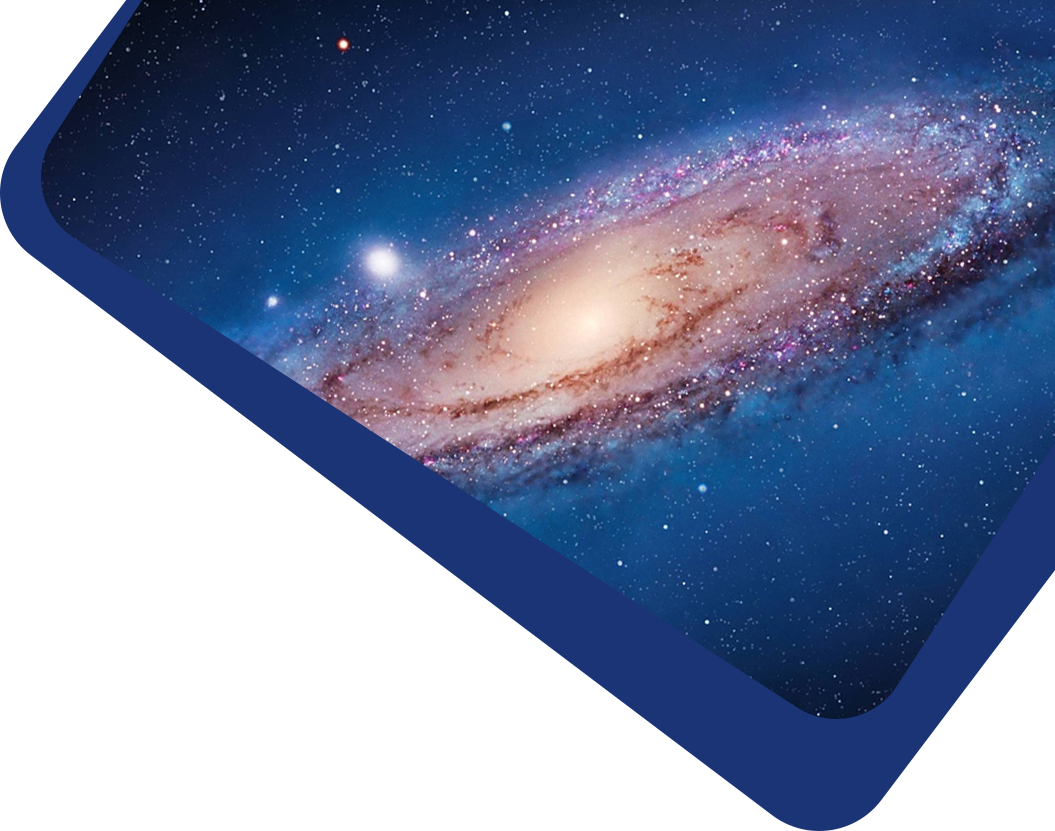

The nuclear ground state properties of even–even 106–120Zr nuclei have been investigated within the framework of the relativistic mean field (RMF) approach. The RMF model with density-dependent DDME2 and DDPC1 interactions is utilized for the calculation of potential energy curves, the nuclear ground-state deformation parameters (β2), neutron separation energies (Sn and S2n) and neutron skin thickness (rnp) of selected Zr isotopes. Later, the β-decay properties of Zr isotopes were studied using the proton-neutron quasi-particle random phase approximation (pn-QRPA) model. These include Gamow–Teller strength distributions, β-decay half-lives and stellar electron emission/positron capture rates. The β2 values computed from the RMF model were employed in the pn-QRPA model as an input parameter for the calculations of β-decay properties for even–even 106–120Zr nuclei. The stellar rates were computed using the pn-QRPA framework with three different types of deformation parameters. Only at high temperature (T9 ≥ 2) and low density (ρ Ye ≤ 107 g cm−3) values, the sum of electron emission and positron capture rates has a sizeable contribution (with positive exponents) to the stellar rates.
Key words: astroparticle physics– elementary particles– nuclear reactions– nucleosynthesis– abundances (stars:) supernovae: individual (r-process)
There are currently no refbacks.
It accepts original submissions from all over the world and is internationally published and distributed by IOP